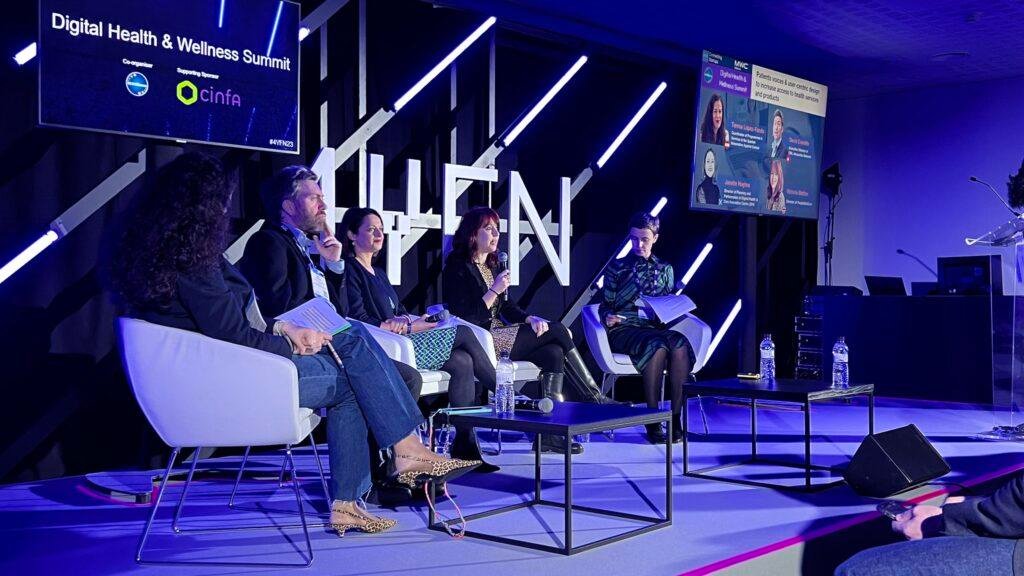What is the difference between the handful of truly successful MedTech startups and the many that don’t make it? We look at some of the mistakes that many medical device startups make so that you can avoid repeating them.
We look at some of the mistakes medical device startups make so that you can avoid repeating them.
Medical Device Startup Success
Building a successful startup takes hard work, and if you are doing this for the first time, you will make mistakes. It is important to remember that failure is ok, and it is a necessary part of success. So, the best you can do is to prepare for failure. However, there are some common mistakes that medical device startups make. We share four of the big ones so you can avoid repeating them.
You are out of sync with your market
Any product is sure to fail if there is no market need for it. Therefore, it is important to speak to potential customers to understand what their exact pain point is, the exact problem that needs to be solved. For example, the market for orthopaedic drills is actually a market for surgeons who want to make holes in bone. Therefore, any product that can create a hole, e.g. a laser-based system that makes the holes by ablation, is also a solution. Once you actually understand what the market actually is, then you can develop a solution that solves the problem. Ultimately, you have to ensure that your product solves the real problem.
Your product is poorly positioned
If your product is positioned poorly, then it reduces its chances of success. When you consider product positioning, you need to look how it compares to competing technologies that solve the same problem.
You need to look at how your product improves upon the solution:
- Is it faster? By how much?
- Is it cheaper? By how much?
- Does it take up less space? How much less?
- Is it easier to use? How much easier?
The challenge here is to raise the position of your product in the minds of your users.
Improving your product position is achieved by getting feedback throughout your development process from your end users. Many startups get lost in the new tech in their device, which becomes just a list of fancy features, but which don’t necessarily add any value to the end user.
You are overly cautious when handling risks
One of the aspects of the medical device development process that often gets a disproportionate amount of focus is risk management. Yes, the purpose of the stringent regulatory requirements for medical devices is to ensure user and patient safety. However, it is important to prioritise risks in terms of the severity of the outcome. A medical device which will cause significant harm or death when it fails, like a pacemaker, or a life-support system, is significantly different from a risk perspective than a reusable surgical scalpel. Often startups treat all medical devices like life support systems and unnecessarily over-engineer them.
The reality, for most devices, is much more forgiving because the standards, e.g. IEC 60601-1 specifies that you are working under single fault conditions. This means that a single risk mitigation is defective or a single abnormal condition is present. In this case, all you have to do is to ensure that when something fails in your device, the device behaves in a predictable way that ensures the safety of the user and of the device itself.
Another perspective on severity of outcome can be seen if we look at the example of the laser bone ablation machine. The laser can fire with more energy, which would injure the patient, but would not be as severe as when the surgeon touches the controls and is electrocuted. And both of these are not as severe as when the laser power supply catches on fire and burns down the machine, the operating theatre and the hospital.
At the heart of the risk analysis process, it’s important to understand what is likely to happen in plausible situations and how to mitigate any risks that might exist.
You trying to reinvent the wheel
When many startups come across problems in design or development that have to be solved, they believe that they need to do everything in-house because they want to increase their internal competence. But in many cases there are already solutions available, either off-the-shelf or you can partner with a medical device development specialist supplier who already have a thorough understanding of the problem and can help you to figure out exactly what you need quickly. This applies to all aspects of hardware or software development that you may need in your medical device.
While many off-the-shelf solutions don’t have medical certifications, you can still use them in your medical device. The key here is that you must fully understand the risks and make sure that you document them to demonstrate that you recognise the risks and that you take responsibility for them. For example, many devices use third-party software that isn’t medically certified and there is a clear method for handling this.
In the end
Knowledge is power. Learn about your customers and what they actually want. Get to know your product inside out. Understand the benefits to leveraging existing solutions and external expertise. In this way, you can significantly increase your chances of developing and successfully selling a novel medical device.
Remember, that you can call on ArrowFast and our team of medical engineers to help you with any stage of your medical device development.
Discover more about ArrowFast Medical Device Engineering
As medical device engineering specialists, we help MedTech startups from planning to developing their device. Our team of 200+ engineers makes sure that the development is done at a fixed budget and in line with medical device regulations. With 20+ years of experience we serve partners across the globe.
Learn more here
